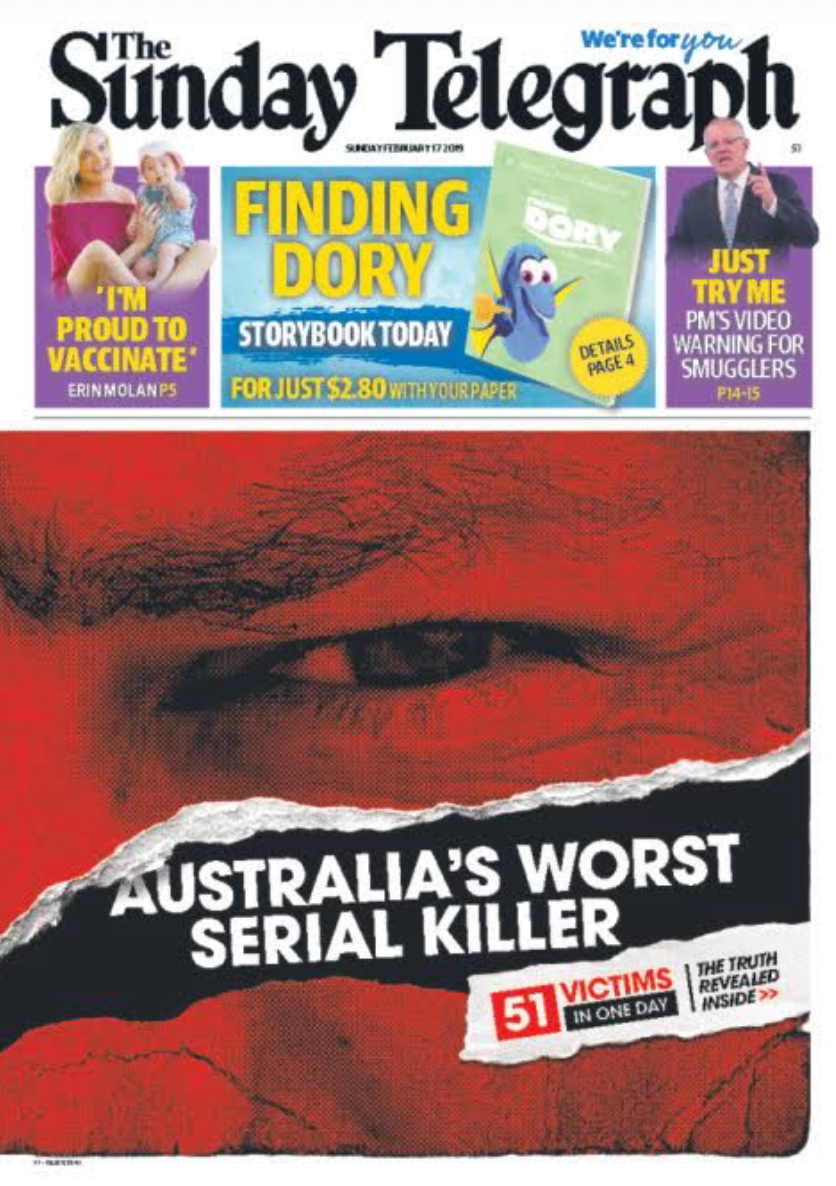In an advertising market hooked on accountability and short-term metrics, News Corp Australia’s General Manager, Digital, Jess Gilby, is making the case for something increasingly rare in media rooms: letting the idea lead.
It’s not nostalgia. It’s not fluffy “brand magic” chat. It’s a commercial argument – and Gilby has the data to back it. In her view, the industry has drifted so far toward performance-driven sameness that it’s finally hitting the ceiling. And the only real growth lever left is creativity.
Creativity as a business driver, not a craft conversation
Gilby doesn’t mince words about what’s missing.
“I take a lens of creativity is more than creative,” she told Mediaweek.
“Over the last couple of years I’ve seen talk about the lack of creativity within the industry, and that’s because we’ve drifted towards this performance oriented kind of market,” she said.
“The market saying it wants creative ambition, but performance like the reality, means that most dollars still get funneled into those lower performance channels, like same formats, same call to actions, same short form assets as well.”
The result, Gilby argues, is the same message delivered the same way, with the same diminishing returns. “What’s missing is the idea, and without the idea, you’re just targeting. And you know what? Targeting alone actually has diminishing returns, and we can see that on the effectiveness and efficiencies equation that we’re seeing in the marketplace at the moment.”
Her point matches what marketers across the industry have quietly admitted: performance-only strategies scale nicely until they don’t.
When creativity outperforms: longevity, uplift and revenue
Gilby points to early studies that quantify what brand strategists have been shouting for years: strong, distinctive creative works longer and harder.
“What we’ve always known that creators, creativity, or creative is one of the biggest ROI drivers of longevity,” she said.
“So what they’ve seen in some of their initial studies is that strong idea led creative has two to two to three times longer ad stock, meaning the impact lasts far beyond the campaign window.”
That longevity translates into real commercial impact – exactly what CFOs want to hear.
“Distinctive assets have between 20 to 80% higher incremental lift,” Gilby said. And some of the retailer experiments? “Up to 215 250% revenue lifts in ROI just because of strong creative systems.”
The message is unmistakable: the right idea outperforms tactical work every time.
“I think creative, creativity is a business driver, not a craft conversation, and that’s definitely where we’re moving towards.”
A case study that proves the power of the idea
Gilby points to one of News Corp Australia’s standout examples: the Heart Foundation campaign reframed through a true-crime lens. It didn’t look like a health PSA. It looked like a nationwide investigation into Australia’s “biggest serial killer”.
“I think it’s one of the most successful campaign ideas we’ve had,” she said.
It began with a simple insight: Australians were consuming crime content at record levels. So the question became – how do you make cardiovascular disease feel as urgent as a crime story?
The work didn’t just cut through – it changed the nation’s health policy.
Health checks surged. The Heart Age Calculator hit more than 650,000 completions, including 120,000 in two days. Website traffic spiked 270%. Helpline calls jumped 130%. Within a week, the Prime Minister announced Heart Health Checks would be added to the Medicare Benefits Schedule – a policy the Heart Foundation had been fighting for more than a decade.
It’s now widely recognised as one of the fastest public-health turnarounds in recent memory.
For Gilby, this proves a simple truth: “The most commercially successful work that we’ve seen is an idea system, not an asset pack.”

Where AI fits – and where it doesn’t
Gilby isn’t dismissing AI’s role in creative production. But she’s pragmatic about its limitations.
She says campaigns need “an idea that can come to life that can take on a life of its own. It may start in our network or our ecosystem, but it can expand far beyond that. I’m very big belief that if an idea can’t be copied easily, but creative assets can like especially with AI based production. I think there’s a real issue with marketing right now.”
Brands, she warns, are producing more work – but less of it is landing. “What we’re producing isn’t resonating, because it is the same.”
Her call, ultimately, is for scalable experimentation that blends human originality with AI-enabled production – but without letting efficiency dilute the idea.
The stakes
This isn’t just a creative director’s manifesto. It’s a business case for why creativity is becoming the most powerful tool left in a market saturated with targeting, optimisation, and “best practice” templates.
If the industry keeps chasing sameness, returns will continue to flatten. But campaigns anchored in strong, idea-led systems – the ones that can’t be easily mimicked – will keep winning hearts, headlines, and hard revenue.
And sometimes, as the Heart Foundation discovered, they might even change public policy.
